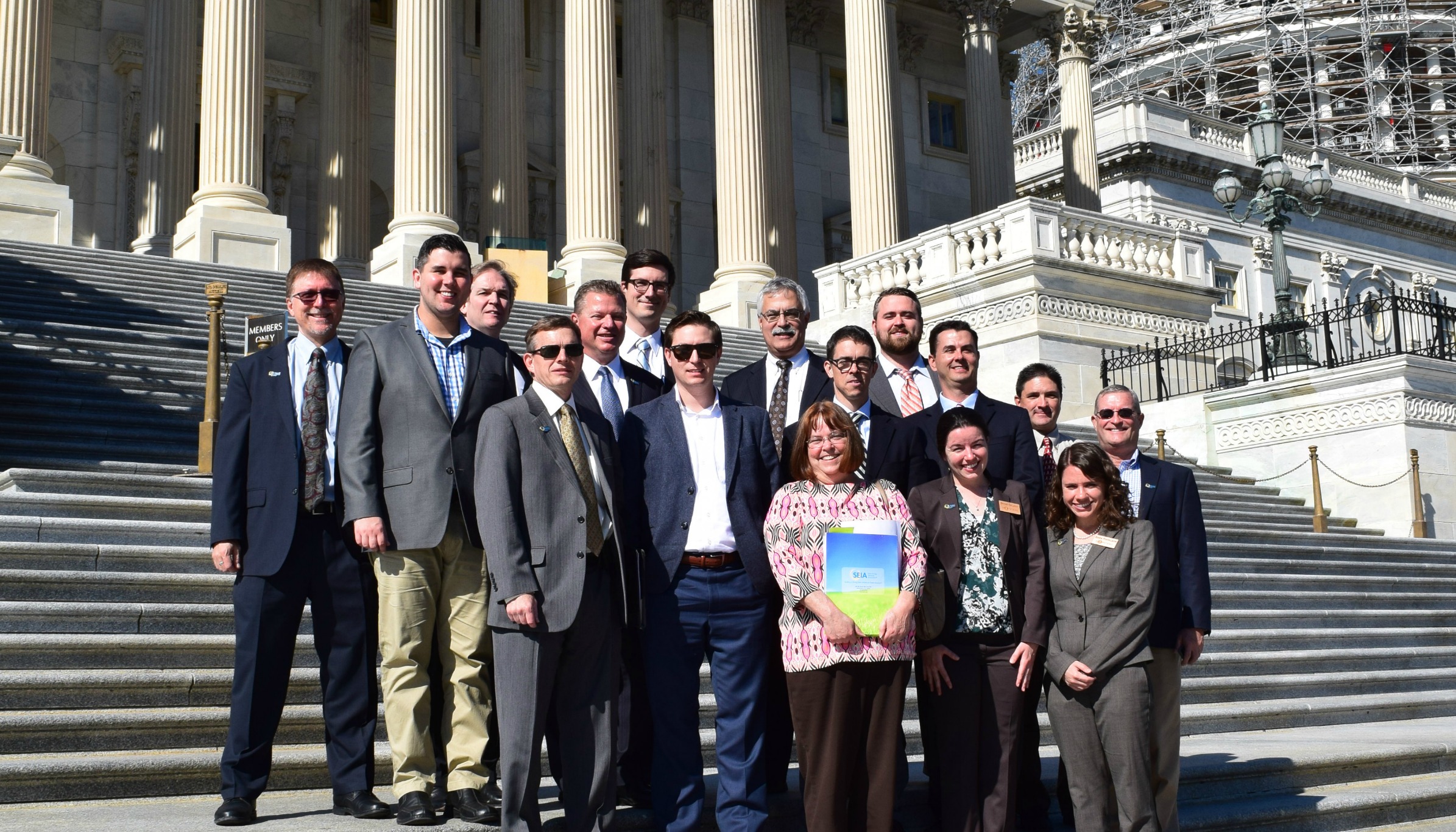This article was co-written by Sara Rafalson and Avery Sellers
Suniva. A word that incites concern for most in the solar industry right now, and with good reason. The national Solar Energy Industries Association (SEIA) estimates that the requested tariff level of $0.40/W and minimum price of $0.78/W would, if instituted, result in the loss of 88,000 jobs in the solar industry. SEIA and GTM estimate that residential state markets at grid parity would fall from 43 markets to only 26 if the President grants Suniva’s request with no changes. Utility-scale projects are most exposed to module price risk, given that they need to be cost competitive with natural gas and compete on the wholesale market.
Even more frightening, the International Trade Commission’s (ITC) role is to make a recommendation, and the ultimate decision lies with the Trump administration. For a President that ran a campaign on restoring American manufacturing jobs—and specifically identified section 201 as a remedy—many in the solar industry are concerned.
The Suniva case could be a big “nothing burger”, or it could mark a major turning point for the U.S. solar industry. Regardless, the uncertainty in the market is being felt today and will remain until final decisions are made. The International Trade Commission hearing on the trade case is Tuesday, August 15, the ITC’s determination of injury will not occur until September 22nd, and the recommendation for action will be delivered by November 13th.
This waiting period has many feeling powerless and unsure what to do, but it doesn’t have to. Here are three things that you can do today to help the fight against the Suniva trade case.
 First, start with this suggestion from SEIA. Write a letter on behalf of your company to your Members of Congress, explaining your opposition to the 201 proceeding and how it will harm your business. SEIA set up a simple online system to facilitate this process. It’s easy, so please take a moment.
First, start with this suggestion from SEIA. Write a letter on behalf of your company to your Members of Congress, explaining your opposition to the 201 proceeding and how it will harm your business. SEIA set up a simple online system to facilitate this process. It’s easy, so please take a moment.- While letters and emails are a helpful first step, in-person meetings are even better. You don’t have to travel to D.C. to have your voice heard (though you certainly can). Set-up an in-district meeting with your senator or congressman’s staff and share your local economic development story, and why the trade case will hurt business in their district and beyond.Outreach doesn’t have to be limited to your senator or congressman. Use your solar projects in various congressional districts as a platform to discuss the trade case with different reps. Provide them a tour of the solar array or invite them to a ribbon cutting. Educate them on the benefits of solar, show them the local, in-district economic development, snap a picture, and use this as an opportunity to discuss your opposition to the 201 proceeding.
-
[caption id="attachment_4862" align="alignright" width="300"]
 In the lead-up to the ITC extension, Sol Systems toured a solar array with members of Representative Devin Nunes' staff[/caption]
In the lead-up to the ITC extension, Sol Systems toured a solar array with members of Representative Devin Nunes' staff[/caption]Are you a member of a local business coalition or trade association? Contact them, create a sign-on letter that other business members can sign onto, and send a joint letter to your state’s Congressional delegation.
If you are a solar company, the easiest first step is to plug into your local SEIAaffiliate chapter. If you don’t, contact Heather Whitpan, Senior Manager of Government Affairs at SEIA at hwhitpan@seia.org to plug into existing efforts.
You don’t have to be a lobbyist to make a difference. Opposition to the trade case starts with you.
This is an excerpt from the July 2017 edition of The SOL SOURCE, a monthly electronic newsletter analyzing the latest trends in renewable energy based on our unique position in the solar financing space. To view the full Journal, please subscribe or e-mail pr@solsystems.com.
ABOUT SOL SYSTEMS
Sol Systems, a national solar finance and development firm, delivers sophisticated, customized services for institutional, corporate, and municipal customers. Sol is employee-owned, and has been profitable since inception in 2008. Sol is backed by Sempra Energy, a $25+ billion energy company.
Over the last eight years, Sol Systems has delivered more than 600MW of solar projects for Fortune 100 companies, municipalities, universities, churches, and small businesses. Sol now manages over $650 million in solar energy assets for utilities, banks, and Fortune 500 companies.
Inc. 5000 recognized Sol Systems in its annual list of the nation’s fastest-growing private companies for four consecutive years. For more information, please visit www.solsystems.com.



